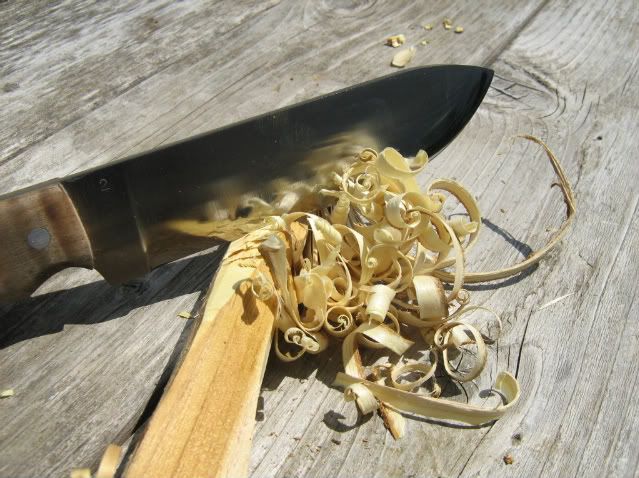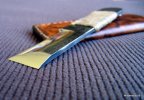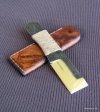Anyone finds that the convex grind glides over wood and not dig in?
I find it to slip easily over hard wood. I get it shaving sharp, yet it will sink in less than my full flat v grind or scandy.
I find this lady to be right....
http://www.youtube.com/watch?v=p6oW9ych8ho
http://www.youtube.com/watch?v=wIZpF2OdkW8&feature=related
I find it to slip easily over hard wood. I get it shaving sharp, yet it will sink in less than my full flat v grind or scandy.
I find this lady to be right....
http://www.youtube.com/watch?v=p6oW9ych8ho
http://www.youtube.com/watch?v=wIZpF2OdkW8&feature=related
Last edited:



